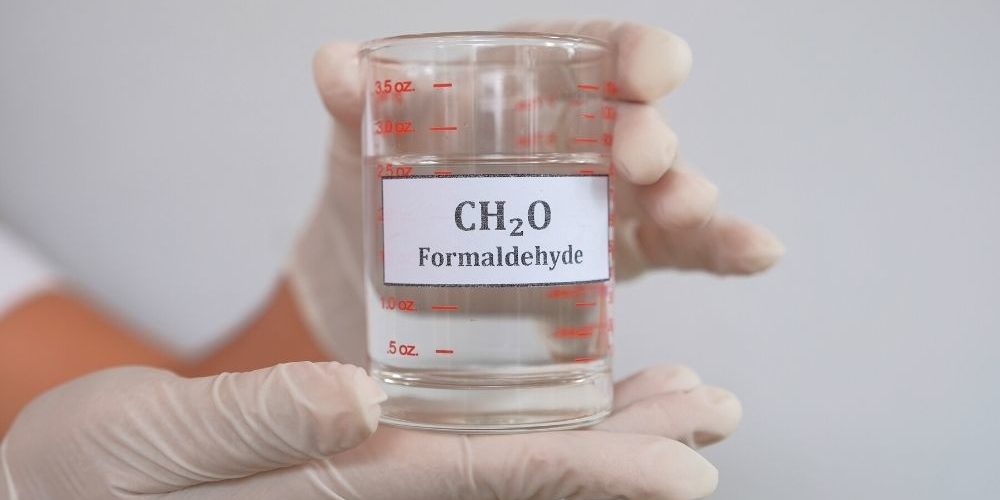When you read the word formaldehyde, your mind likely fills with thoughts of preserved human anatomies and old laboratory shelves lined with weird jars. This is perfectly understandable. After all, formaldehyde was a super-star medical preservative for decades.
But truthfully, the history and uses of this incredible compound go far beyond cold morgues and labs. Allow us to shed some light on the long-preserved history of formaldehyde so that you can discover how it’s revolutionized the world.
Happenstance Births Commercialization (the 1800s)
As we know, formaldehyde has a long-standing as one of the world’s best preservative chemicals. But it might surprise you to learn that scientists didn’t discover it until 1859. During this time, a scientist named Alexander Mikhailovich Butlerov was conducting experiments to synthesize a compound called methylene glycol.
However, these experiments would yield far different results than anticipated. They would eventually lead to the first report of formaldehyde in recorded history. However, the conclusive identification of the chemical wouldn’t come until 1868.
Nearly a decade after its initial discovery, a professor named August Wilhelm von Hoffman would establish a formal structure and identity for formaldehyde. This development would lay the foundation for the chemical’s commercial uses and manufacturing processes.
Formaldehyde: The Wonder Product (the 1880s-2000s)
Once there was a formal structure and identity in place, commercial production of it started ramping up. Production of the compound originated in Germany in the 1880s. Later, Belgium and then France took up production. And by the early 1900s, formaldehyde producers could make their living manufacturing the compound in the United States.
In these early years, the medical industry used formaldehyde primarily as an embalming agent or preservative. Plus, manufacturers only made small batches for use in a handful of factories, labs, and universities, so it wasn’t the easiest to come by. But as manufacturing processes evolved, large-scale production of formaldehyde finally became a reality, driving up demand for the product.
By 1907, developments in science and technology led to the discovery of various applications in which formaldehyde was a key component. These applications would later lead to the conception of materials like Bakelite and eventually revolutionize the furniture and construction industries (among others).
Modern-Day Applications (the 2010s—Present)
As technology and science rapidly advanced, commercial applications for formaldehyde continued to expand. Both use and demand for this chemical saw so much growth in just a little over a century. By 2010, manufacturers produced over 3 million tons of formaldehyde in Europe for various industries.
Today, the uses of formaldehyde are incredible and far-reaching. For instance, vaccine development often incorporates the compound, and its antibacterial properties make it great for a wide range of healthcare and medicinal applications. It can also be made into resins that are part of the manufacturing process of any of the following things:
- Cabinetry and countertops
- Furniture and shelving
- Stair systems and flooring
Formaldehyde is also a building block to powerful glues and bonding agents. The list goes on and on. Suffice it to say that formaldehyde has come a long way since its initial discovery. Moreover, the long-preserved history of formaldehyde goes far beyond human preservation and the cold sterility of antiquarian laboratories.







